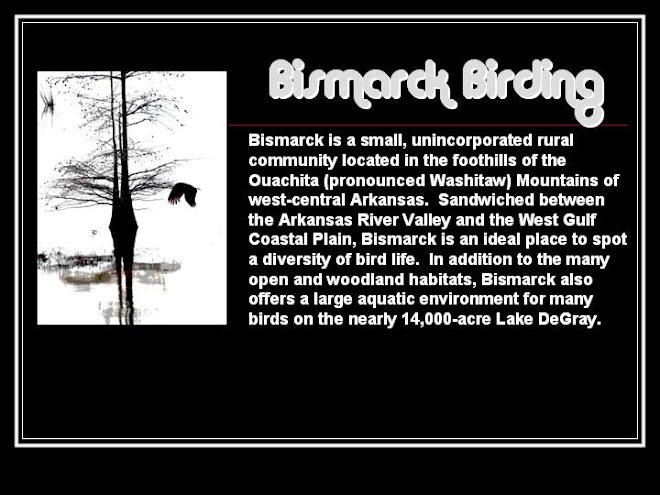



The Cattle Egret (Bubulcus ibis) is a very successful bird; it has undergone the most widespread and fastest range expansions of any bird in modern times. Originating in Southern Spain and Portugal, the Cattle Egret was not reported in the western hemisphere (S. America) until the 1930's and was not reported in North America (S. Florida) until 1941. The first record of Cattle Egrets in Arkansas was in 1962 from SW Arkansas. In less than 75 years the Cattle Egret has spread as far west as California and as far north as Canada and now outnumbers the combined populations of all other egrets and herons found in North America. These birds have also expanded their range across Europe, most recently breeding in Great Britain in 2008. Australia was colonized as early as the 1940's and from there this bird worked its way to New Zealand and other south Pacific island chains. In fact, this bird has been reported from every continent on earth except Antarctica.
Cattle Egrets are the only Egrets that are completely terrestrial; they do not need (but can use) an aquatic environment to survive. Cattle Egrets nest is large colonies with other wading birds. Pairs sometimes reuse old nests, or build new ones with live or dead vegetation. They will build in any place that can support a nest. The Cattle Egret is very gregarious and can be easily identified by its tendency to associate closely with grazing cattle. The Cattle Egret's major prey is active insects which are disturbed by the grazing cattle. It eats mostly grasshoppers, crickets, spiders, flies, and frogs. I have two other Egrets I will be featuring in later blogs. I hope I didn't freak out the owners of these cattle when I stopped on the roadside in New DeRoche to get these pics.















































